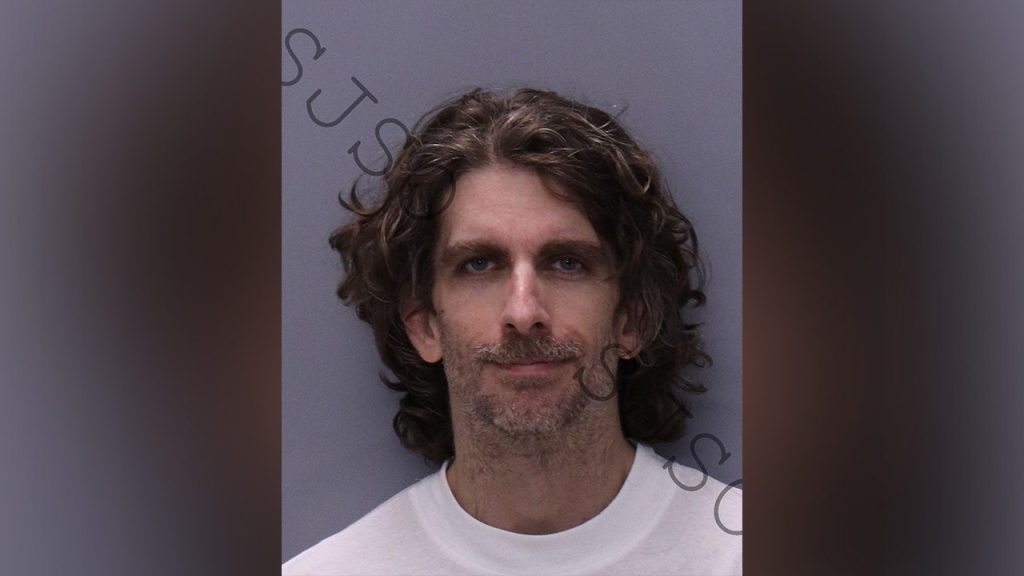Maxwell Azzarello, a 37-year-old man from St. Augustine, Florida, set himself on fire outside the New York City courthouse where former President Trump’s hush money trial was being held. Azzarello died later that same day from severe burns sustained from the incident. Prior to lighting himself on fire, he threw pamphlets into the air and poured accelerant on his body, promoting far-reaching conspiracy theories. After the flames were extinguished by responding police, Azzarello was transported to a burn center in critical condition, but ultimately succumbed to his injuries. Four officers also suffered minor injuries during the incident.
Azzarello, a self-described investigative researcher, had arrived in New York City earlier in the week and had been protesting in front of the courthouse, criticizing both Republican and Democrat politicians. His family was unaware of his travels to the city. Prior to the incident, Azzarello had posted a manifesto on a Substack page, detailing his extreme act of protest to draw attention to what he believed to be a totalitarian conspiracy by the government. The park where the incident occurred was open to the public, and Azzarello did not breach any security protocols.
Before the incident in New York, Azzarello had three prior arrests in Florida in August of the previous year, including for disturbing the peace and damage to property. His erratic behavior during these incidents included throwing a glass of wine at former President Bill Clinton’s autograph and later stripping down to his boxers and yelling at customers at a hotel. After his third arrest, Florida police noted that Azzarello was suicidal, indicating that he may have been dealing with mental health issues leading up to the tragic event in New York City.
The self-immolation of Maxwell Azzarello outside the courthouse brought attention to the severity of his beliefs and the desperation with which he sought to express them. The act shocked witnesses and resulted in his tragic death. The incident shed light on the issues of mental health, extremist ideologies, and the potential consequences of failing to address underlying issues within society. Azzarello’s extreme actions serve as a reminder of the complex and often dangerous outcomes that can result from unchecked radicalization and individual mental health struggles.
Authorities in New York City are continuing to investigate the circumstances surrounding Azzarello’s self-immolation and the events leading up to it. The incident has raised questions about security measures at public spaces and the potential risks posed by individuals harboring extreme beliefs and intentions. The tragic death of Azzarello serves as a somber reminder of the impact of mental health issues and radical ideologies on individuals and the broader community. It underscores the importance of addressing these complex challenges with compassion, understanding, and appropriate support systems to prevent similar tragedies in the future.
The self-immolation of Maxwell Azzarello highlights the complex intersection of mental health struggles, extremist ideologies, and societal challenges. His tragic death serves as a stark reminder of the potential consequences of unchecked radicalization and the importance of addressing underlying issues within society. As investigations continue and questions are raised about security protocols and support systems, Azzarello’s extreme act of protest will remain a somber and cautionary tale of the dangers of desperation and radical beliefs.


